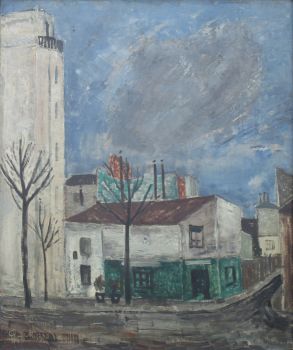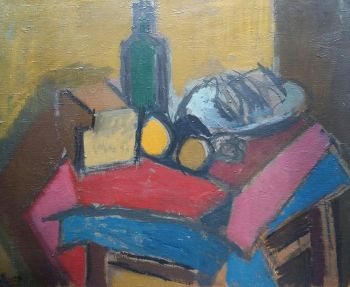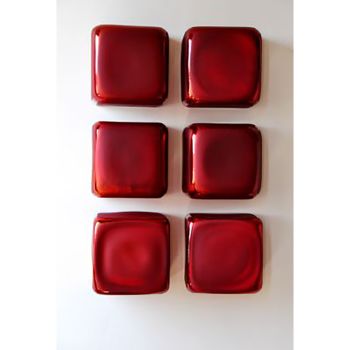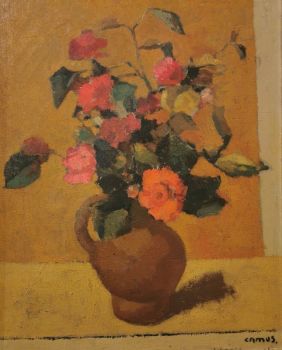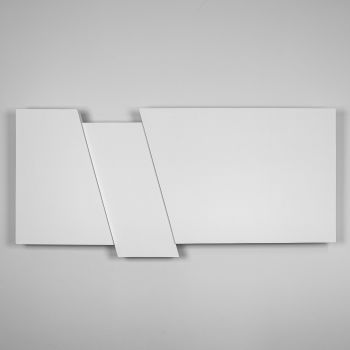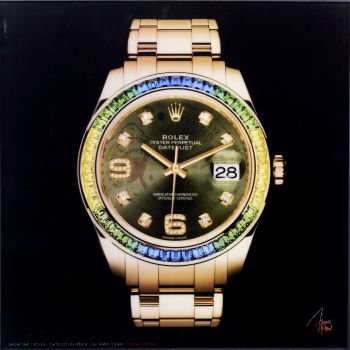About the artist
Charles Eyck (1897, Meerssen, Limburg – Nuth (Schimmert), Limburg, 1983), also spelled Charles Eijck, full name Charles Hubert Eyck, was a Dutch painter, aquarellist, pastellist, draughtsman, illustrator, graphic designer, lithographer, ceramist, glass painter, sculptor, architect, monumental artist, wall decorator, interior designer. He was active in the period 1922-1983 in Meerssen, Rotterdam, Amsterdam, Rome, Stockholm, France, Cagnes, Paris, Maastricht, Zeist, Utrecht, Schimmert, Curaçao, Schimmert.
Along with Henri Jonas and Joep Nicolaas he was a pioneer of the ‘Limburgse School.’ Van Eyck received his education in monumental art (wall painting, stained glass, etc.) at the Rijksakademie (State Academy) in Amsterdam. Before, he was a delftware painter at Céramique in Maastricht. In 1922, he was a winner of the Prix de Rome, First Prize Painting. After a short stay in Sweden, Curaçao, southern France, Amsterdam, Clamart and Utrecht, he settled in Schimmert.

He married the Swedish painter Karin Meyer. He was a teacher at the Jan van Eyck Academy in Maastricht and at the Vrije Academie in Utrecht. He was a member of Arti et Amicitiae (Amsterdam) and Pulchri Studio (The Hague). At the beginning of his artistic career, he worked in an impressionistic way. Later he was criticized since he persisted in a more or less steady religious style. Due to this criticism and his increasing deafness he led a retired life in Schimmert. Van Eyck was awarded several times, for example, the Willink van Collen Prize in 1919. Charles Eyck produced stained-glass windows, Stations of the Cross, and fresco’s in numerous churches and monasteries, particularly - but certainly not exclusively - in the province of Limburg.

